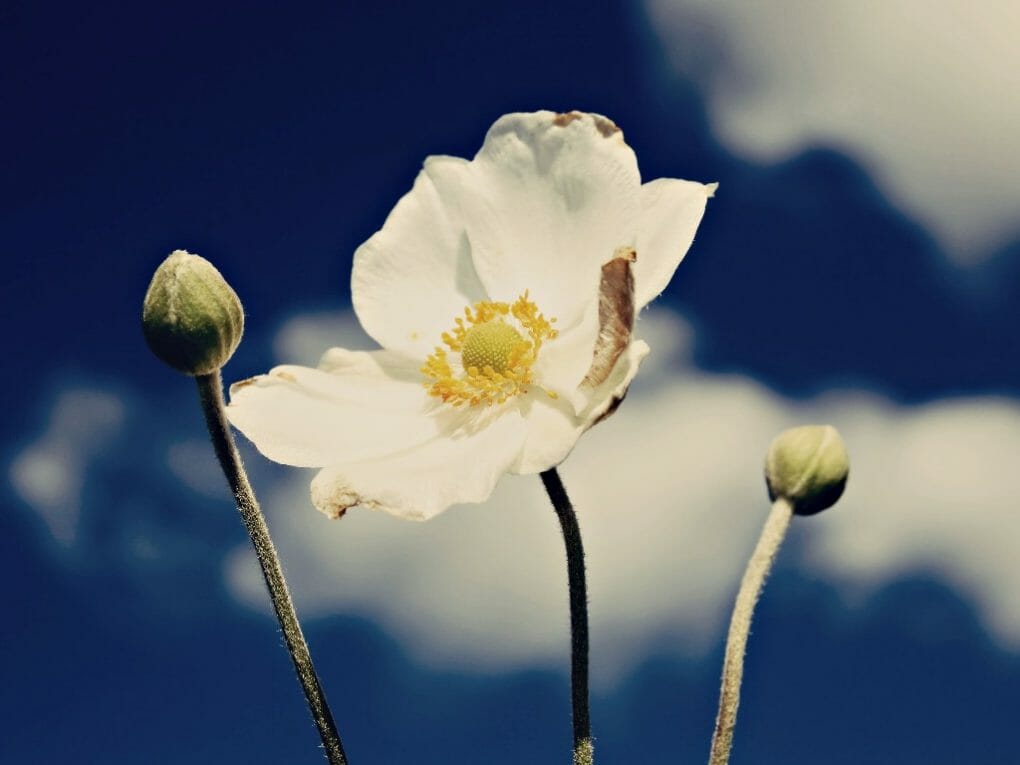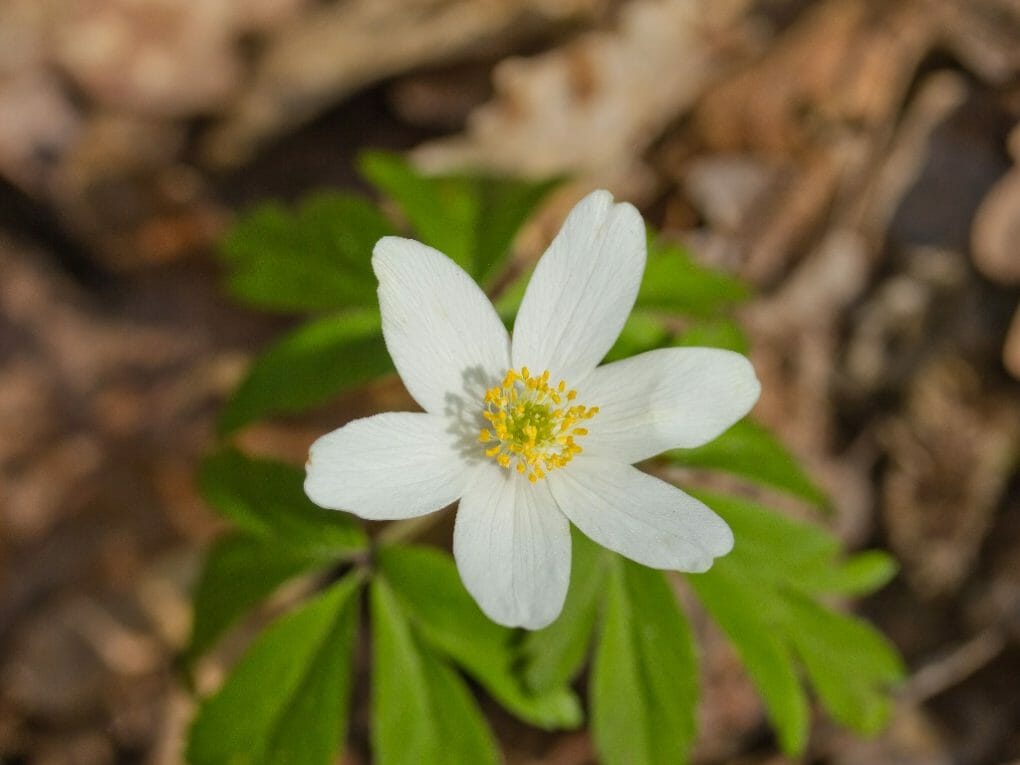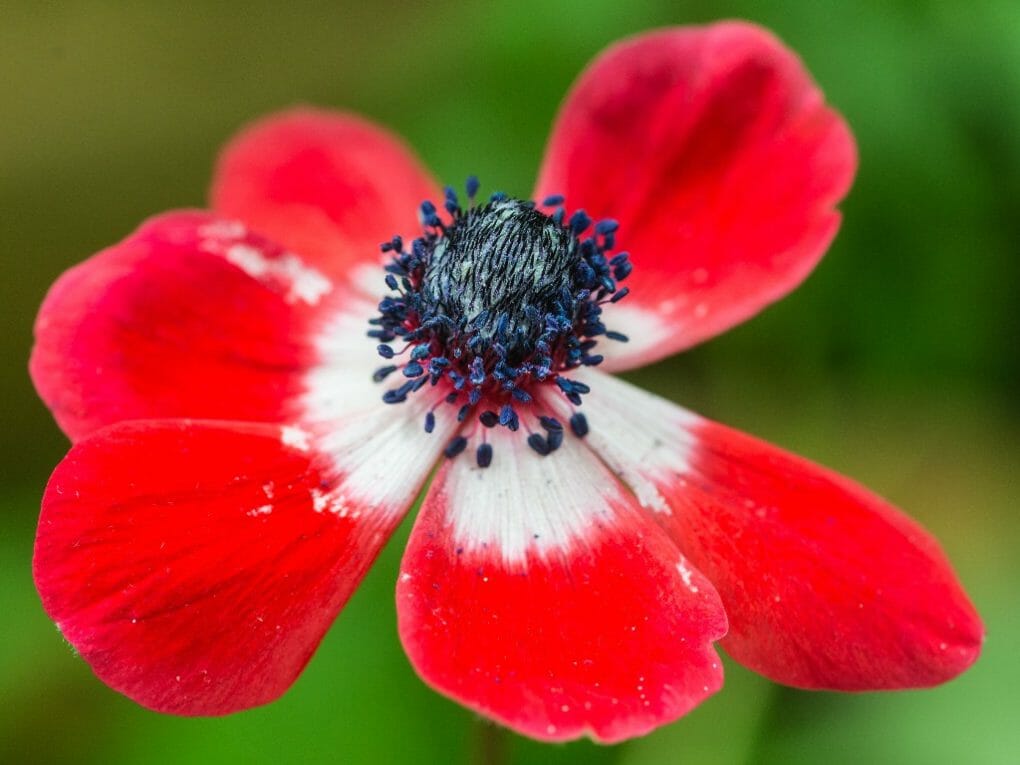Are Anemones Plants or Animals? What You Need To Know

Well, there is a plant called an anemone, and there are also sea anemones, the marine animal named after the terrestrial flowering plant. This name comes from the fact that the word “anemone” comes from the Greek word “anemos,” which means “winds.” The idea is that each Greek god was connected to a cardinal direction, the winds that came from that direction, and certain seasons and weather events come from Greek mythology.
Table of Contents
All About Anemone: The Terrestrial Flowering Plant
Belong to Ranunculaceae Family
The Ranunculaceae family is made up of anemones. They are all part of the genus anemone, which has more than 200 species. Get ready to fall in love with these pretty flowers. The Southern Living Garden Book says that anemones are “a rich and varied group of plants that range in size from tiny alpine rock garden anemones to tall Japanese anemones grown in borders.” They come in many sizes and shapes, making them a great choice for gardens.
Bloom Time
This plant blooms from spring to fall. Depending on the type, anemones can bloom from the beginning of spring through fall. If you plant in October, you’ll get flowers in the spring and summer.
Some types of anemones spread quickly. Some types of anemones spread more quickly than others and are considered invasive plants. For example, meadow anemone (Anemone canadensis) grows quickly and spreads, so it’s not a good plant for small gardens.
Care Tips

Once established in the garden, anemones are relatively easy to take care of. They need regular watering, soil that drains well, and a balance of sun and shade. Under the right conditions, many species will grow quickly.
Varies in Shapes and Sizes
The shapes and colors of these flowers are very varied. They have five or six petals and can have one or two flowers. They have white, yellow, silvery-pink, rose, blue, purple, scarlet, rust, copper, and coral flowers, among others.
Anemones Flower Meaning
In the Victorian era, people used the “language of flowers” to share unspoken messages, even secrets, by pairing flowers with symbolic meanings. The connection between the flowers and love and loyalty comes from Greek myth, where it is said that the goddess Aphrodite cried when Adonis died. Where her tears and his blood fell onto the ground, anemones grew.
Grow in Pots
Find tuberous anemones if you want to plant these flowers in pots. They grow well in pots and aren’t too hard to care for when planted with other plants in a garden. The Southern Living Garden Book says that in a large portion of the South, it is recommended to treat tuberous varieties as annuals because they frequently perish in areas with humid summers and warm winters.
Anemone Varieties
Anemones of De Caen
Red De Caen anemones, which resemble poppies and are hardy to zone 7, can be planted in the spring for late summer blooming by gardeners in colder climates. Warm-weather gardeners should sow the corms in the fall for a spring display. Most De Caen anemones bloom in the spring and enjoy the full sun. Based on the Anemone coronaria species, the De Caen mix of anemones was created in France and introduced to North America in the 1800s. One of the major groupings of garden anemones also referred to as French anemones, is available and comprises various cultivars.
Anemone coronaria de Caen ‘Mr. Fokker’
“Mr. Fokker” is one lovely hybrid from the De Caen group. It continues to be a favorite choice for those who appreciate blue flowers because it delivers a real azure tone. This variety looks amazing next to snapdragons with purple, spiky blooms like “Plumblossom.” Mid to late April is when it blooms.
Anemone coronaria de Caen ‘Hollandia’
Gardeners who plant “Hollandia” anemones will be rewarded with rich cherry blossoms with white eyes and a black core. Another spring-blooming variety from the De Caen mix is this one. These anemone bulbs grow well in loose soil and go well with other De Caen anemones in vases and gardens.
Anemone coronaria de Caen, also known as ‘Bordeaux’
The ‘Bordeaux’ cultivar’s deep, striking crimson blossoms provide a pleasant contrast to the pastel hues of many spring flowers. Set these De Caen group anemones in sandy soil three inches deep, and watch for the ferny foliage to appear in March immediately before the blossoms.
Anemone Coronaria de Caen ‘The Bride’
It gives bridal bouquets a unique variation of the traditional fresh-as-a-daisy appearance. The blooms have a lengthy vase life, and the light green centers contrast beautifully with the crisp white petals. It blooms in the spring like the other members of the De Caen group.
Anemone x hybrida ‘Queen Charlotte’
When little else in the yard is in bloom in August, the brilliant flowers of the herbaceous perennial Japanese anemone ‘Queen Charlotte’ begin to blossom. These low-maintenance plants grow slowly through runners, eventually producing a lovely clump. To help this anemone species endure in zone 5, add winter mulch. Anemone hupehensis, Anemone vitifolium, and Anemone tomentosa were crossed to generate the very large Anemone x hybrida group, which includes the cultivar known as “Queen Charlotte.” Although the species are truly endemic to China, the group is occasionally referred to as Japanese anemones.
Anemone hybrid ‘Honorine Jobert’
An herbaceous perennial that is hardy to zone 4 called “Honorine Jobert” is a good bet for gardeners in chilly climates. This type struggles in the hot, muggy South. Late summer is when Japanese anemones like this one bloom, filling the garden’s void when many flowers have passed their prime. Honorine Jobert will thrive in a position with some shade and well-drained soil. This cultivar belongs to the Anemone x hybrida family.

Anemone x hybrida ‘Serenade’
The ‘Serenade’ Anemone grows slowly but puts on a strong late-summer performance. It is suitable for the cutting garden, container garden, and border. Another Anemone x hybrida plant with pink daisy-like flowers on wiry stems is this Japanese Anemone. This plant is a hybridized form of the species A. tomentosa, A. vitifolium, and A. hupehensis.
Anemone hybrida ‘Montrose’
A bloom with beautiful light-purple tones and somewhat shaggy petals will finish your casual floral arrangements. The Japanese anemone “Montrose,” which blooms from the end of summer through the fall, can withstand cold temperatures. Frequently, deer pass by this Anemone, which has double-layered petals like some flowers.
“Richard Ahrens” (Hybrid Anemone x ‘Richard Ahrens’)
‘Richard Ahrens’ anemones can be invasive, but you can easily keep them in bounds by planting them in containers. Anyone who has grown mint can tell you that one man’s simple plant is another’s thuggish weed. These Japanese anemone-related flowers produce pale-pink, double-petaled blooms from July to September.
Anemone hupehensis ‘Hadspen Abundance’
As fall approaches, let ‘Hadspen Abundance,’ a Japanese anemone, join your mums and asters in welcoming cooler temperatures. This variety of Anemone frequently impresses gardeners by blooming until frost since it thrives in these chilly conditions. It requires little upkeep, naturalizes easily, and doesn’t act intrusively in partially shaded situations.
